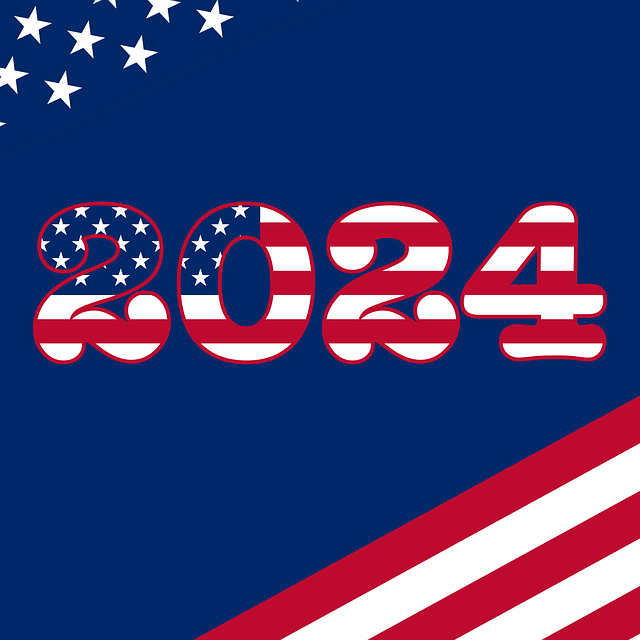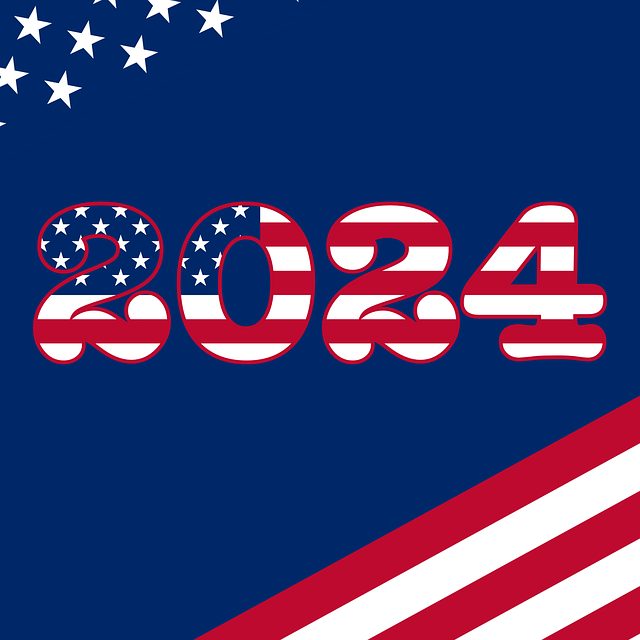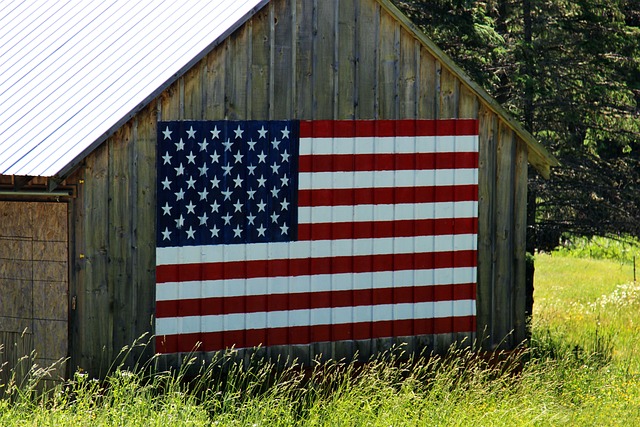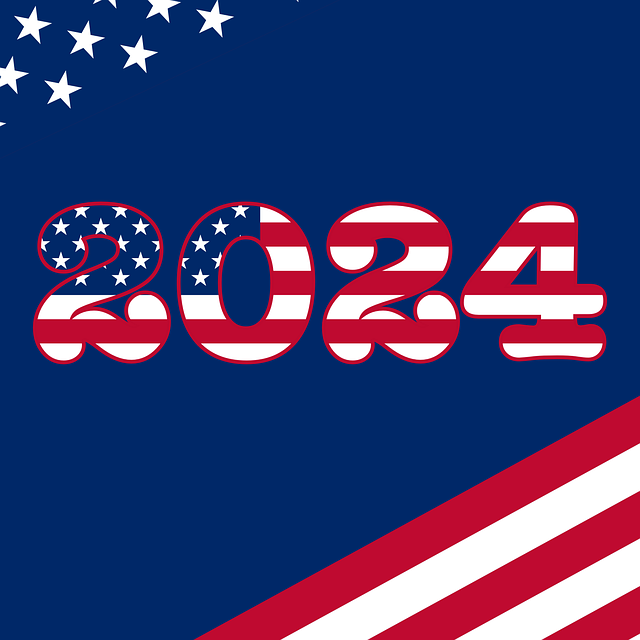Understanding Ultimate Flags involves recognizing their symbolism as powerful visual narratives that represent a nation's history, values, and aspirations. These flags, with their unique designs and colors, reflect cultural significance and evoke strong emotions among communities worldwide. Evolving from simple cloth to potent tools for political expression, Ultimate Flags are durable, aesthetically pleasing, and serve as tangible links to heritage, fostering unity, identity, and collective memory during ceremonies, gatherings, and diplomatic events.
Flags, far more than mere pieces of fabric, serve as powerful symbols carrying rich political and patriotic meanings. The article delves into the multifaceted world of Ultimate Flags, exploring their symbolism, diverse types, and pivotal roles in public displays and ceremonies. Understanding these nuances offers insight into how flags shape our collective identity and cultural narratives.
- Understanding the Symbolism and Meaning of Flags
- Types of Flags and Their Political/Patriotic Uses
- The Role of Flags in Public Displays and Ceremonies
Understanding the Symbolism and Meaning of Flags

Understanding the symbolism and meaning behind flags is key when displaying them politically or patriotically. Each flag tells a story, representing a nation’s history, values, and aspirations. The colors, designs, and symbols incorporated within an ultimate flags hold cultural significance, often evoking strong emotions and unity among its people. For instance, red might signify courage and sacrifice, blue can represent stability and justice, while white symbolizes purity and peace.
Flag design also reflects a country’s political system, historical events, or geographical features. Some flags prominently feature landmarks or national symbols, like eagles or lions, to foster a sense of identity and pride. By studying the intricate details and history behind them, we gain a deeper appreciation for these powerful visual representations that transcend mere aesthetics, becoming timeless emblems of nationhood.
Types of Flags and Their Political/Patriotic Uses

Flags have long been a powerful tool for political and patriotic expression, serving as symbols that evoke emotion, identity, and unity. In the context of political displays, flags are often used to represent a nation’s sovereignty, demonstrate solidarity among its citizens, or signal resistance against oppressive regimes. They can also be employed to rally support for specific causes, such as social justice movements or international alliances.
When it comes to ultimate flags—those designed with meticulous attention to detail and high-quality materials—they play a significant role in formal ceremonies, public gatherings, and official events. These flags are often crafted to meet stringent standards, ensuring their durability and aesthetic appeal. They can be seen proudly unfurled during national anthems, parades, and diplomatic meetings, carrying with them the weight of history and cultural heritage. Ultimately, these visual symbols become touchstones for collective memory and shared values, reinforcing the bonds that hold communities together.
The Role of Flags in Public Displays and Ceremonies

Flags play a pivotal role in public displays and ceremonies, serving as powerful symbols that evoke strong emotional responses from viewers. They are the ultimate visual representation of identity, unity, and pride, whether at national, regional, or local levels. In political gatherings and patriotic events, flags act as focal points, instilling a sense of belonging and patriotism among participants.
Ultimate Flags, when displayed correctly, can convey complex messages about a community’s values, history, and aspirations. They are often flown during official ceremonies, celebrations, and protests, adding depth and context to these events. The sight of waves of flags unfurling can create an awe-inspiring atmosphere, fostering a collective sense of purpose and camaraderie among the crowd.
